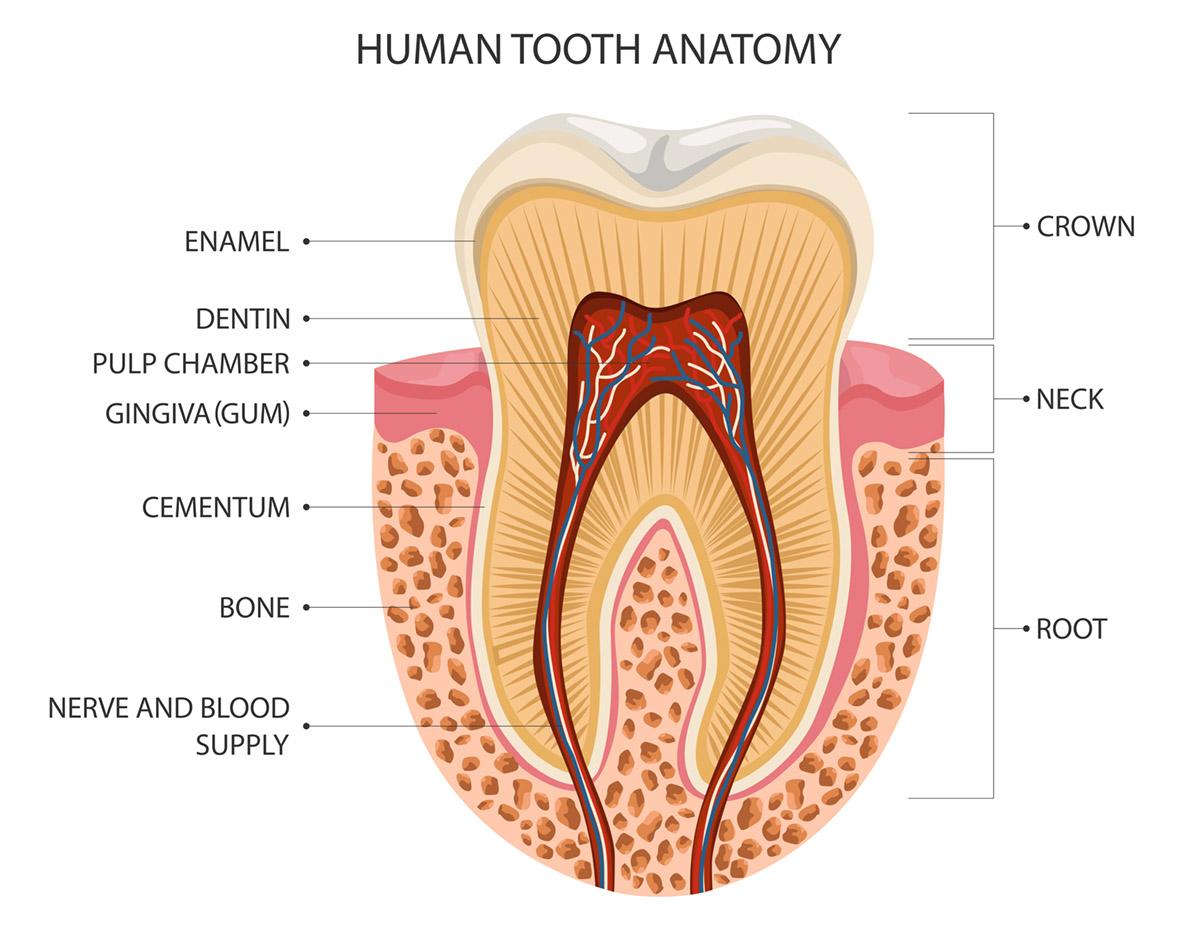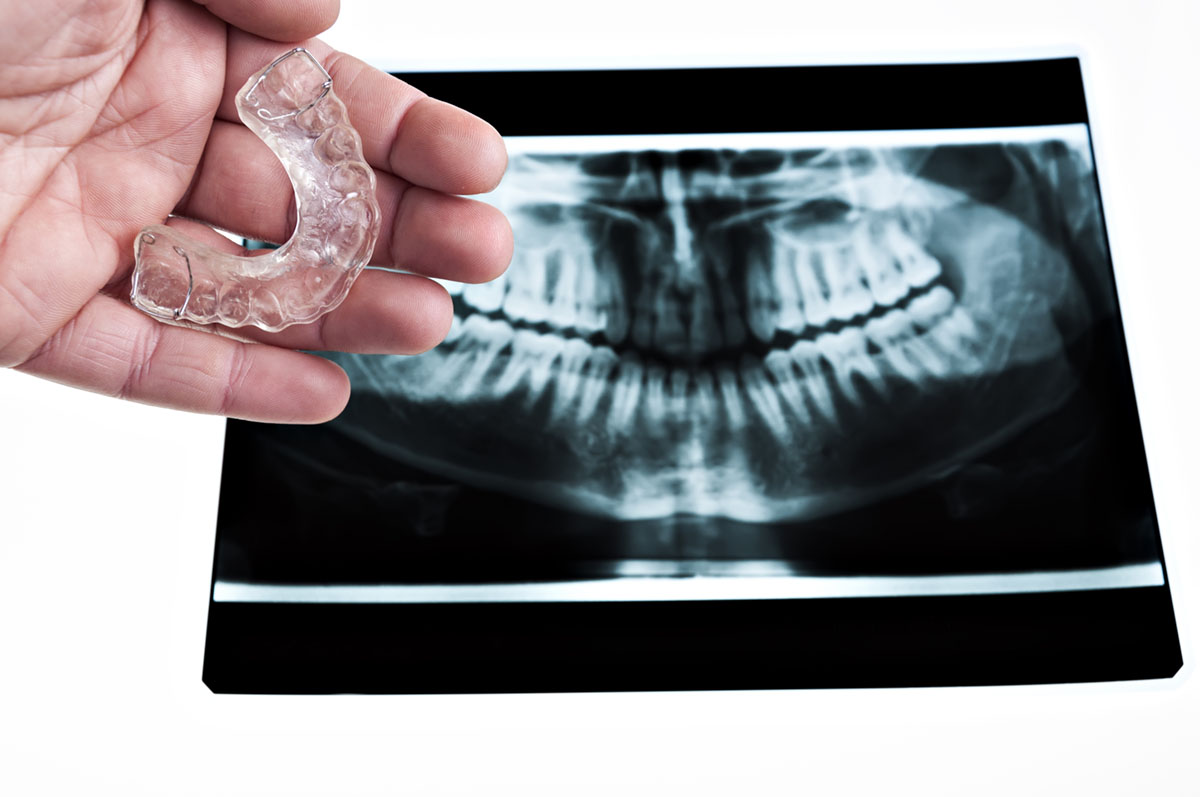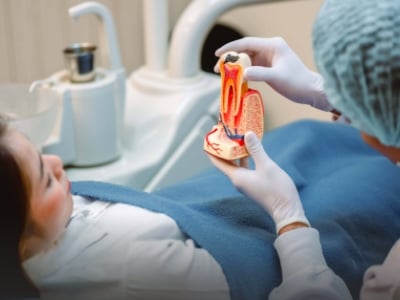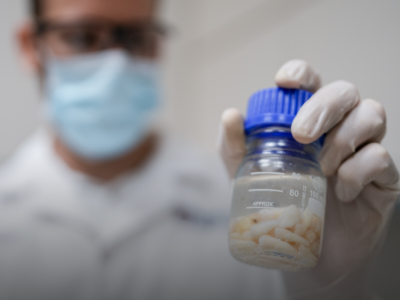Published on 6 November 2023
Bruxism may not be preventable, but you can take measures to minimise damage to your pearly whites.
You may have been alerted to your teeth grinding habit by a sleep-deprived partner who was kept awake at night by its grating sounds — or noticed your constantly tight jaw muscles while under pressure from impending work deadlines.
Those signs and symptoms may indicate a condition known as bruxism, which is the repetitive, involuntary clenching and grinding of teeth that can occur while individuals are asleep or awake.
While the exact cause of bruxism has not been established, the condition is associated with a multitude of risk factors, with psychosocial factors such as stress and anxiety being the more notable ones.
Who is more prone to bruxism?
Dr Wong Kuan Yee, Associate Consultant, Prosthodontics, National University Centre for Oral Health, Singapore (NUCOHS), sees an average of three to four patients a month for bruxism. However, its true prevalence remains unknown. “Currently, studies which are largely based on self-reported cases of bruxism show a wide range in prevalence, both in adults and children,” she noted.
In addition, multiple studies have demonstrated a connection between sleep bruxism and obstructive sleep apnoea (OSA). The latter is a sleep disorder that causes disrupted breathing during sleep. While research doesn’t clearly account for the underlying nature of that association, a common hypothesis is that movement of the mouth muscles may help to reopen the airway when it becomes constricted from OSA.
What it can lead to
If left untreated, bruxism can lead to severe dental problems. While natural teeth are shaped with cusps and slopes on the biting surfaces, grinding action can wear down these surfaces and cause them to be flattened, fractured or chipped. Over time, there is the danger of irreversible tooth damage.
“When the outer layer of the tooth, also known as enamel, is worn down, the inner layer of dentine is exposed,” explained Dr Wong. “This results in hypersensitivity which commonly presents as a short sharp pain when you consume cold, sour and sweet food and beverages.”


Allowing the problem to fester without seeing a dentist could lead to the exposure of the tooth pulp, which is the jelly-like centre of each tooth that contains nerves, blood vessels and connective tissue. This is usually preceded by or accompanied with a severe toothache. Beyond that, Dr Wong cautioned that severe teeth grinding can — in extreme cases — result in the extensive loss of tooth structure, wearing down the tooth crown and leaving only the stumps behind. “For such cases, treatment would usually require the replacement of these teeth with alternative restorative options,” she said. These may include dental implants or dentures.
How to deal with the condition


Unfortunately, there are currently no interventions to prevent the act of teeth grinding.
You may want to seek treatment if your bruxism negatively impacts your dental health. Before any appropriate treatment is recommended, dentists will conduct a thorough assessment to ascertain the cause(s) and severity of tooth wear.
A customised mouthguard is usually recommended for mild but persistent cases of bruxism, to reduce the wear and tear to teeth. These are made to cover an individual’s entire biting surfaces, and act as a “shield” between the upper and lower teeth to prevent further tooth surface loss. The mouthguard also helps to dissipate biting forces, which reduces the risk of cracked tooth syndrome.
However, it is important to note that mouthguards do not last forever. “One of the more severe cases of nocturnal bruxism that I’ve encountered is a patient who presented with deep wear tracks corresponding to his jaw movement on the surfaces of his mouthguard,” Dr Wong recounted. “He requires replacement of his mouthguard every one to two years.”
Depending on the severity and presentation of their condition, teeth grinders may also benefit from direct restorations such as fillings. For advanced cases, onlays and crowns may be needed to protect the teeth and restore their original anatomy.
These are typically fitted over the individual teeth of patients for whom further deterioration leading to nerve exposure is anticipated. Patients with severe cases of tooth damage may require root canal therapy, a dental procedure that involves removing pulpal tissue (inner tissue) from a tooth and then filling and sealing it to save the tooth from extraction.
Always consult a healthcare professional before starting on any treatment.
In consultation with Dr Wong Kuan Yee, Associate Consultant, Prosthodontics, NUCOHS.




